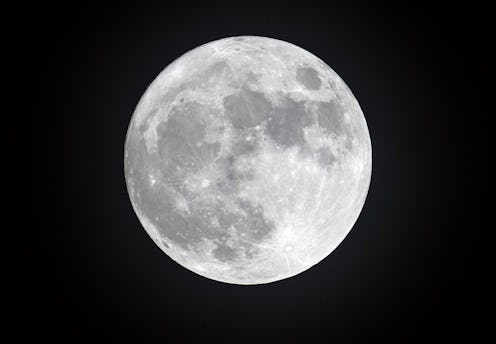
Something fishy is going on in the sky on Aug. 7: Rising up over the fields and flowers and cities and oceans is the August full moon, otherwise known as the Sturgeon Moon. But, why is the August full moon called the "Sturgeon Moon"? Turns out, answer dates way far back.
Let's start with the basics. Each month plays host to one new moon and one full moon. There are exceptions — the second full moon within a month is called a blue moon, for example — but ultimately within a year, 12 full moons cycle through.
Each full moon has a name, the origins of which lie in the Algonquin tribes that populated the Northeast and East Coast regions of what we now call the United States. The names, which often refer to a seasonal occurrence, allowed the tribes to keep track of the seasons. August's full moon is called the Sturgeon Moon, for example, because late summer is when sturgeon, a large, bony fish, was most readily caught within the Great Lakes and Lake Superior. Other tribes in the area referred to it as the Green Corn Moon, marking the final countdown to the big autumnal corn harvest.
But the Algonquin were far from the only people who named the moons. The Ojibwe called the August full moon the Blueberry Moon. The Dakota Sioux knew it as The Moon When All Things Ripen.
Colonial Americans adopted and adapted some of the names and applied them to the Gregorian calendar we now rely on. Do any of us greet the approach of August excitedly, fishing line in hand? I don't know your life, but I certainly don't. And yet, each month, we're reminded of the inherent ties to nature and the earth humans have.
This particular Sturgeon Moon will also feature a partial lunar eclipse. No word yet on how that will affect fishing prospects.